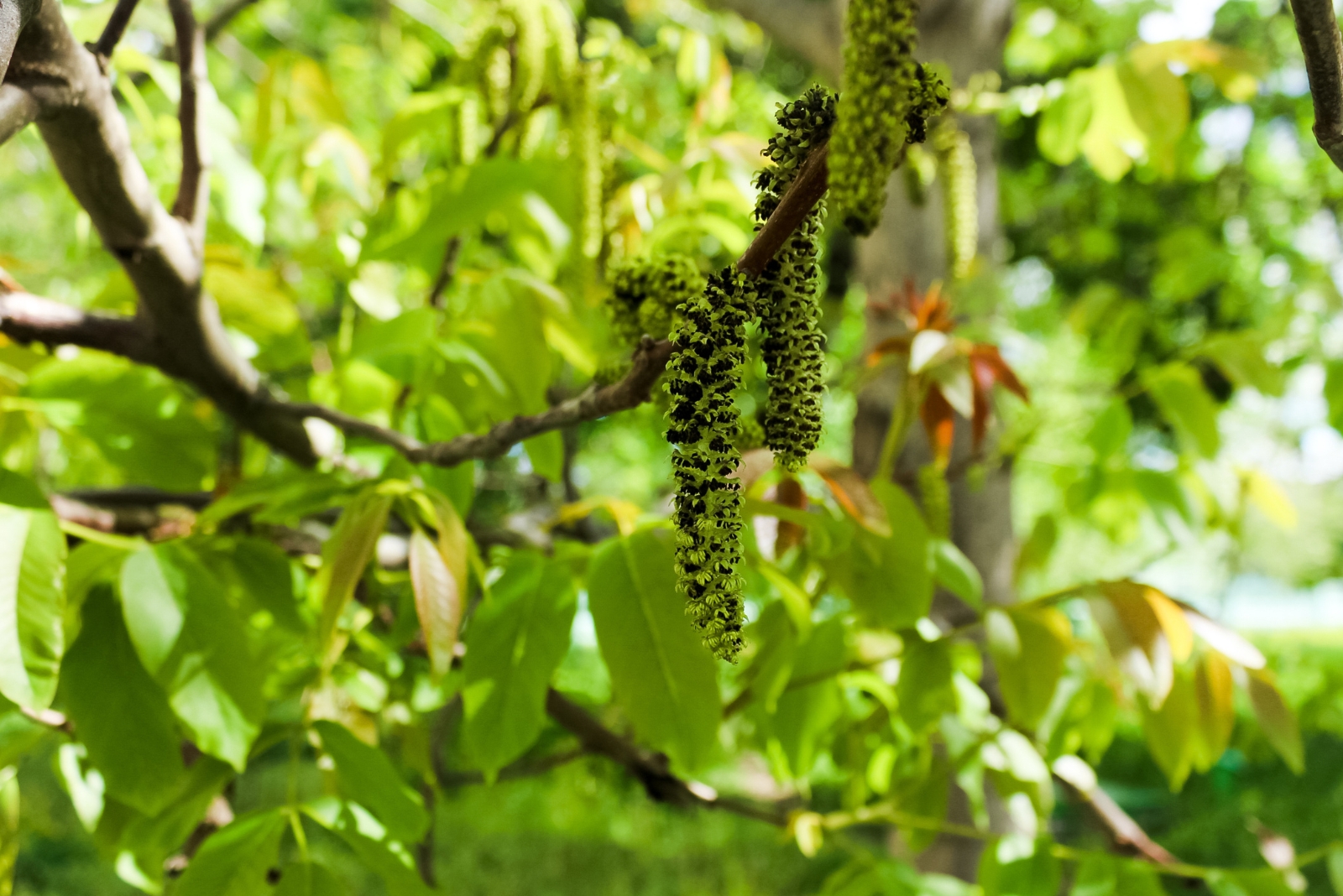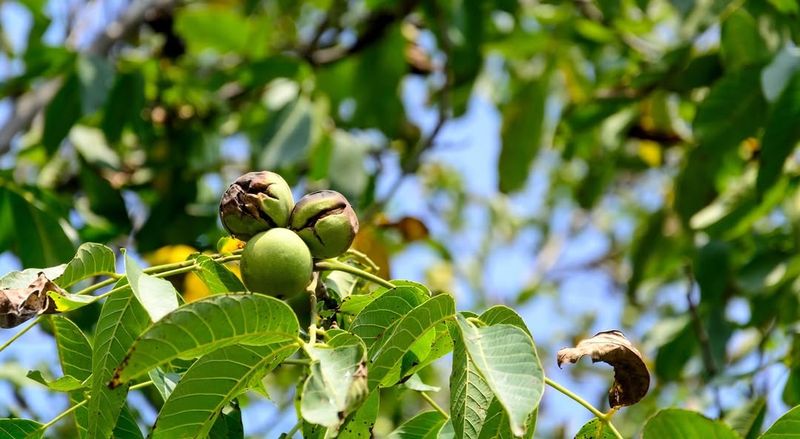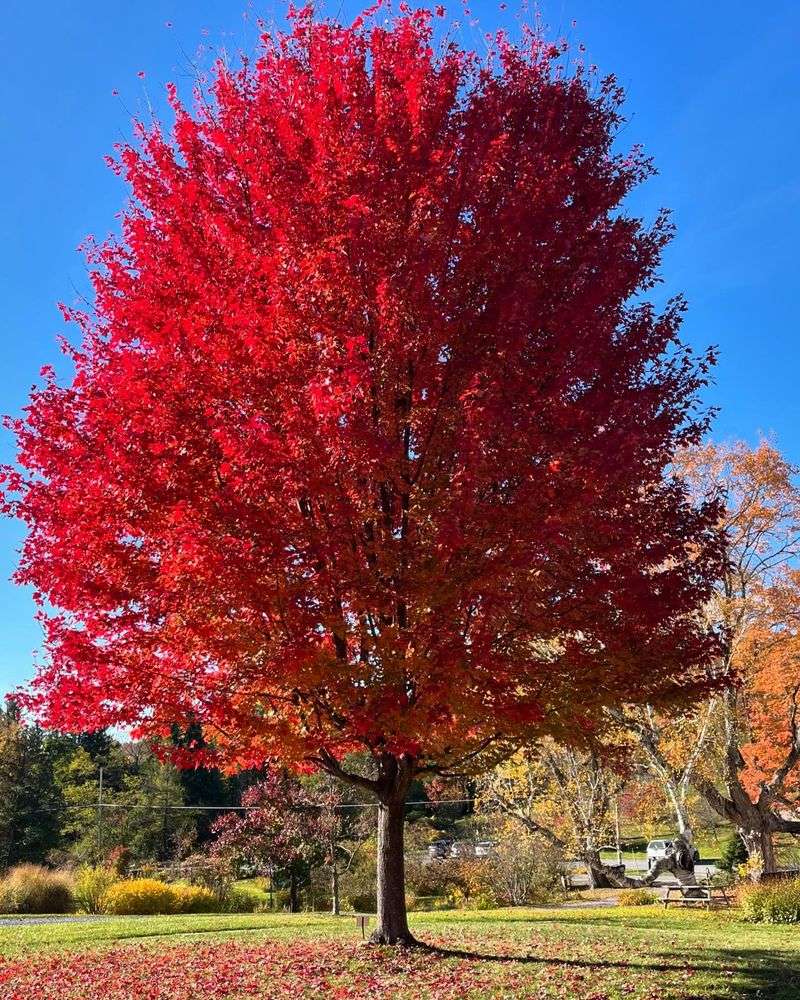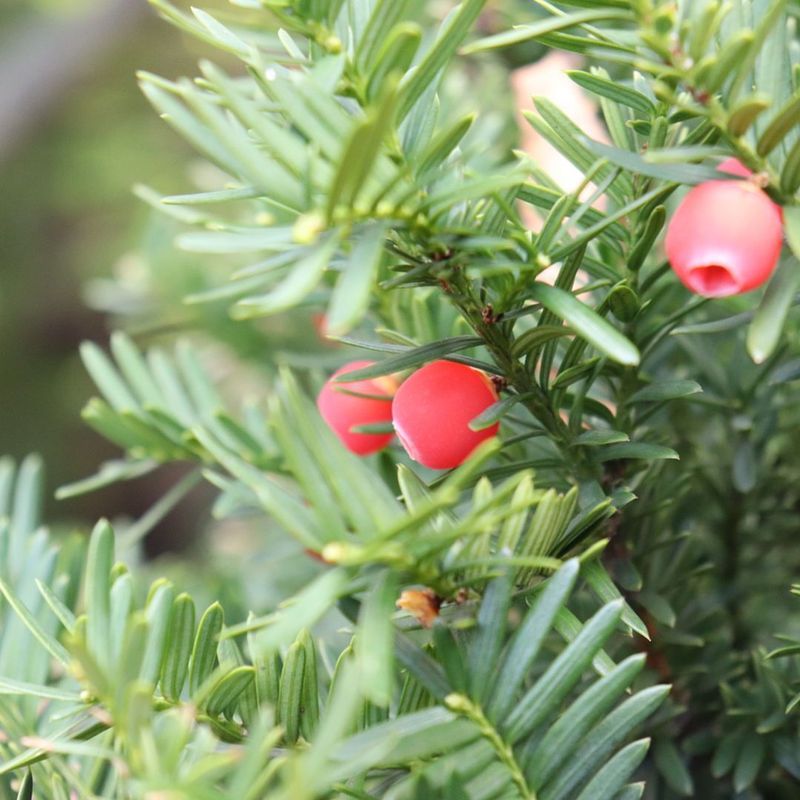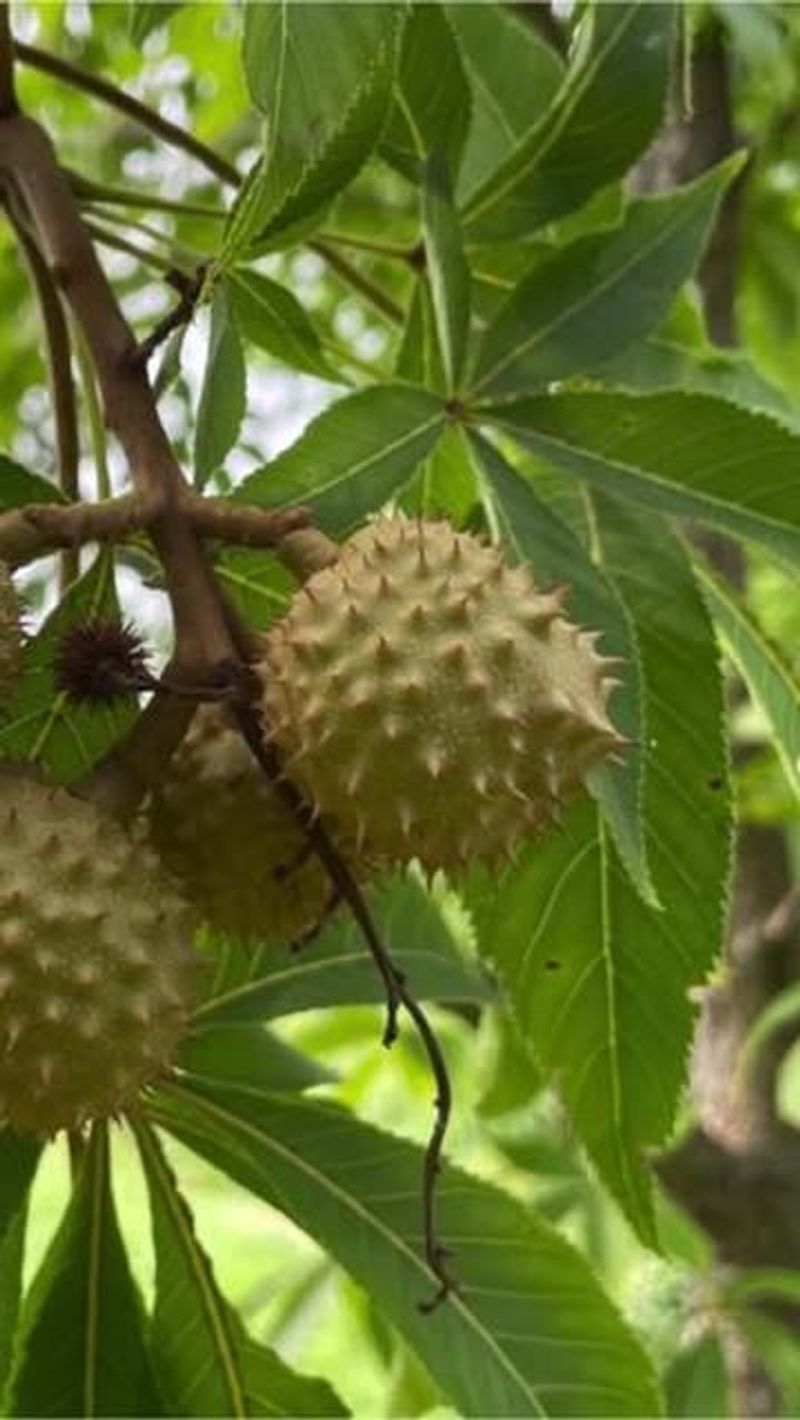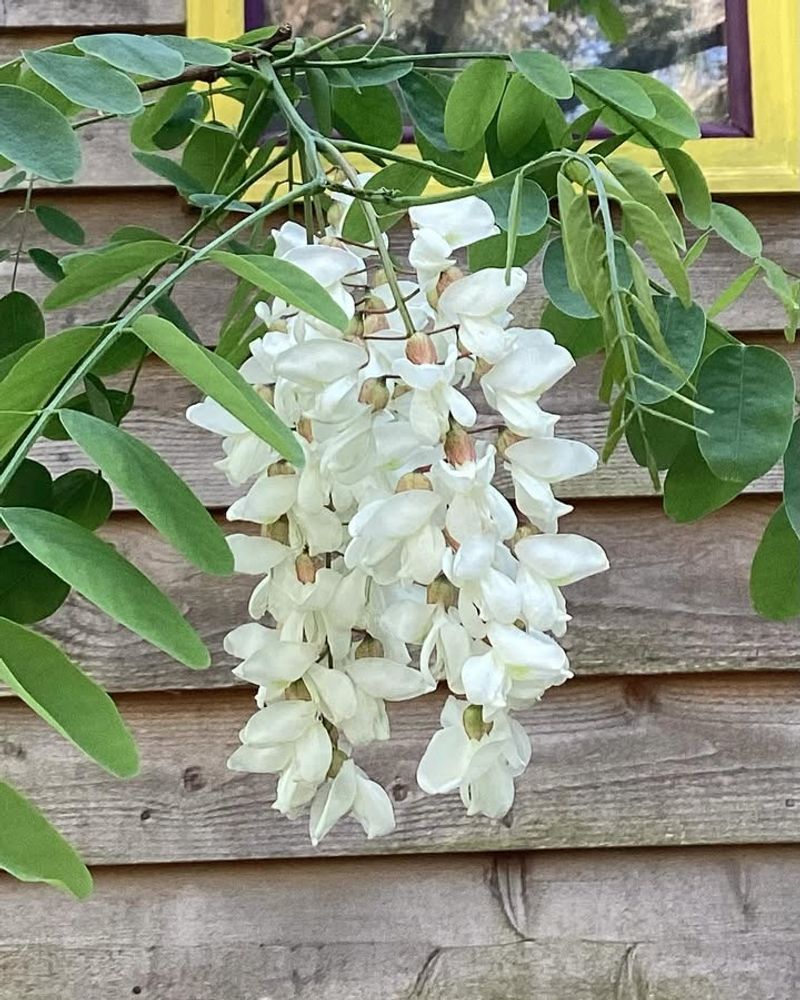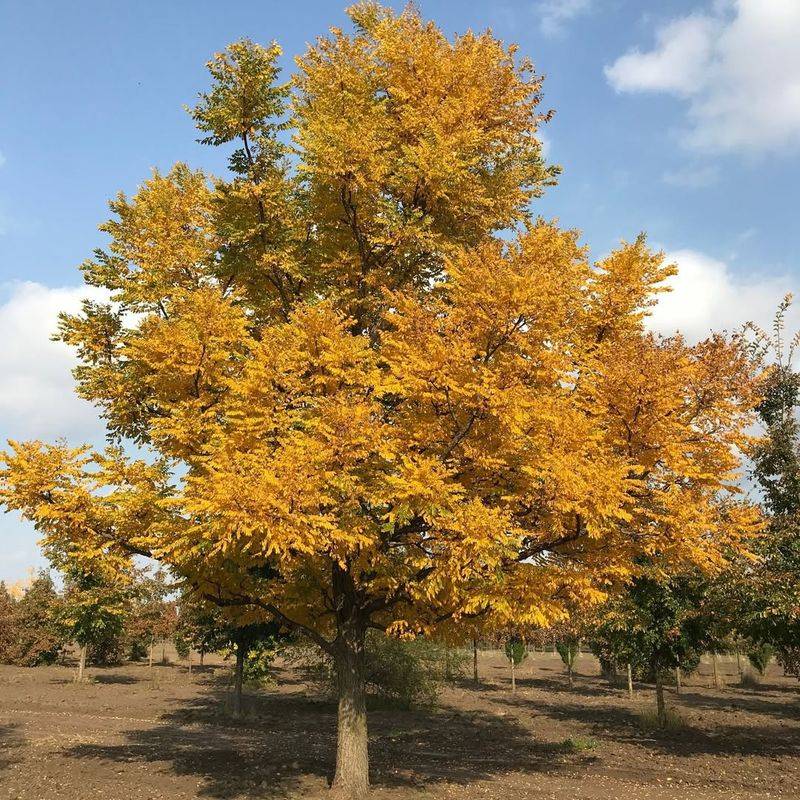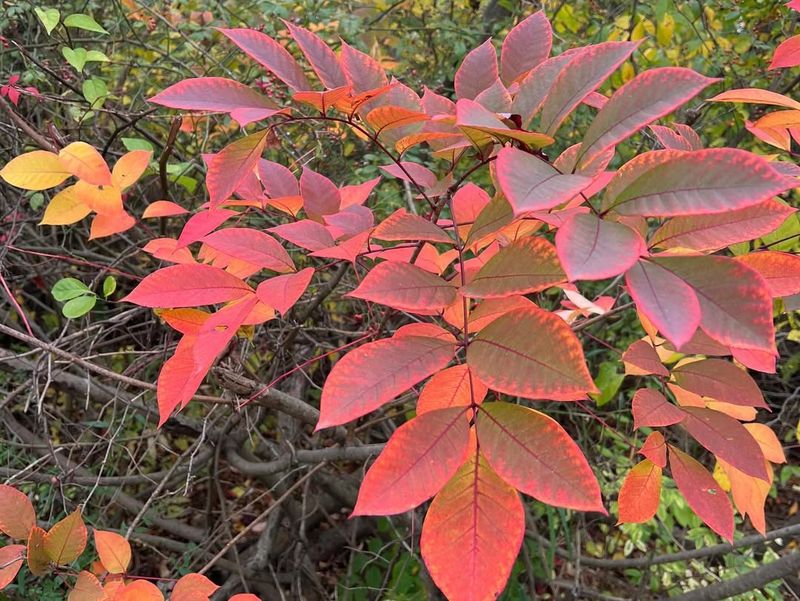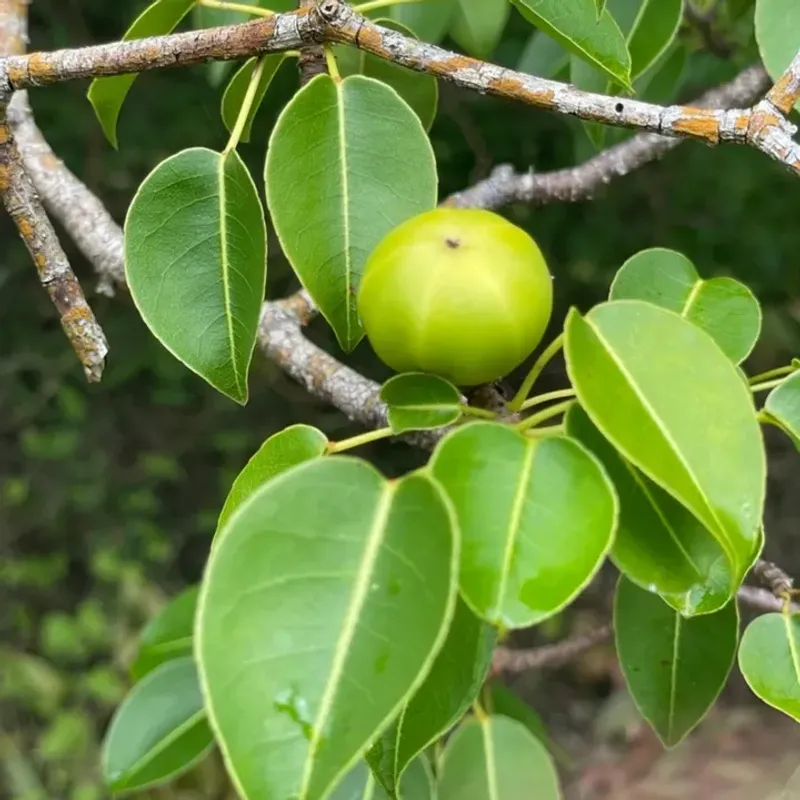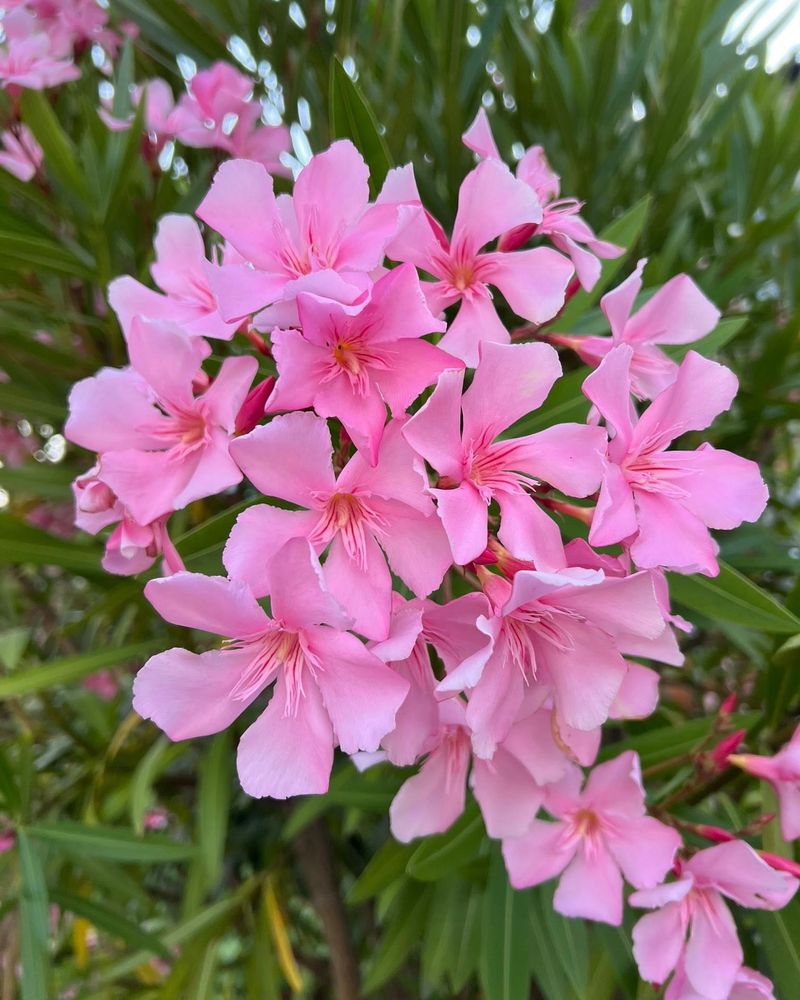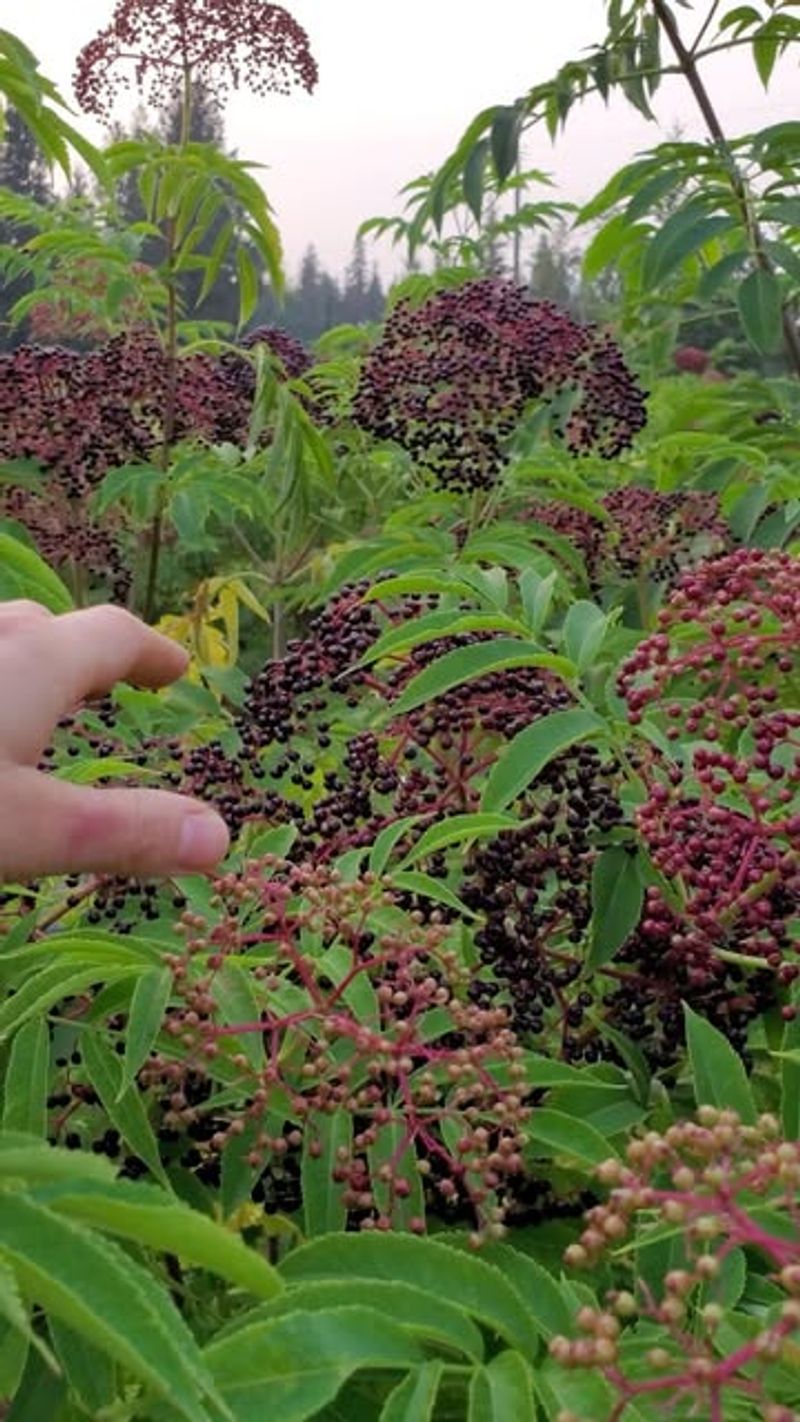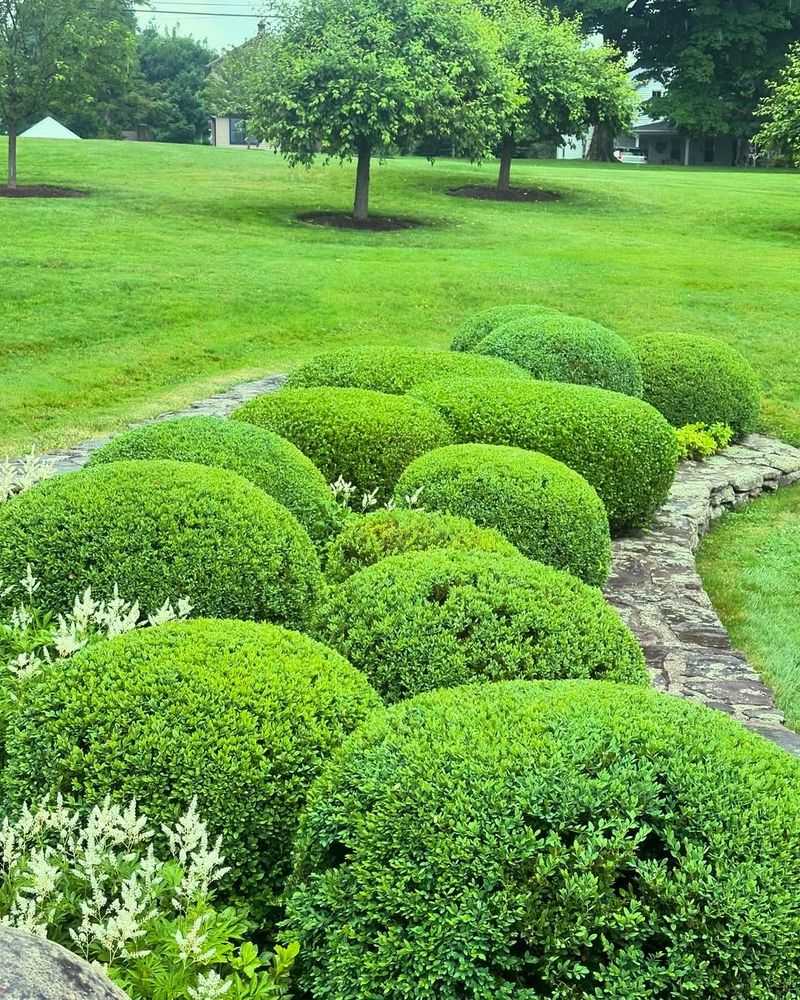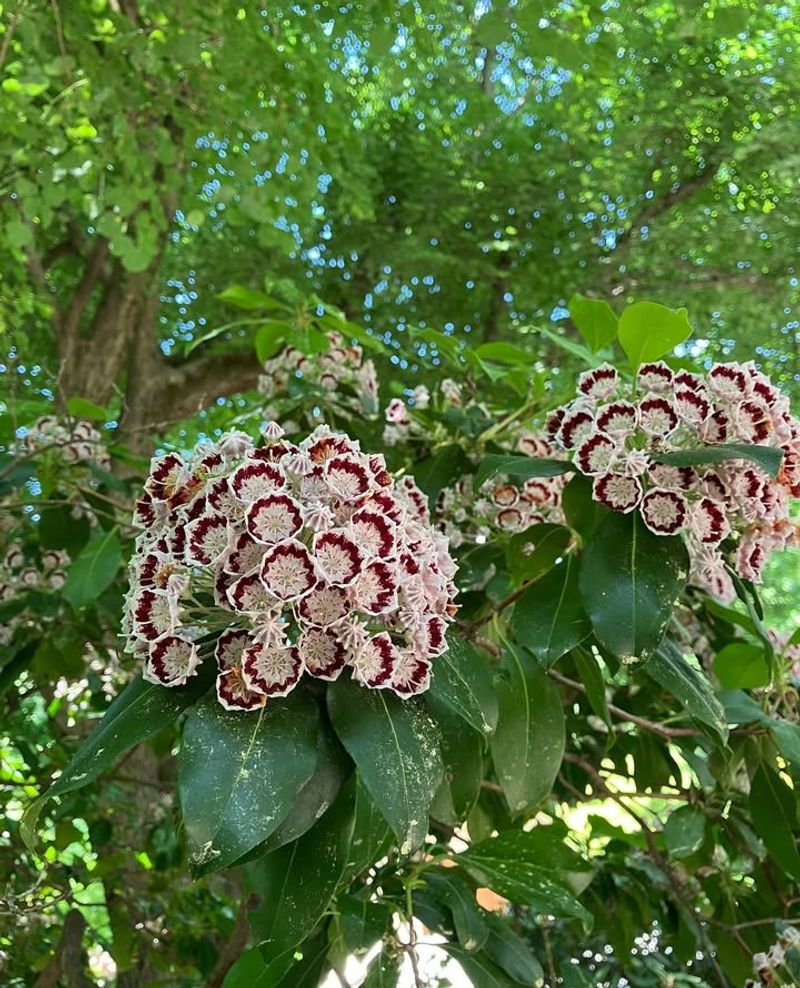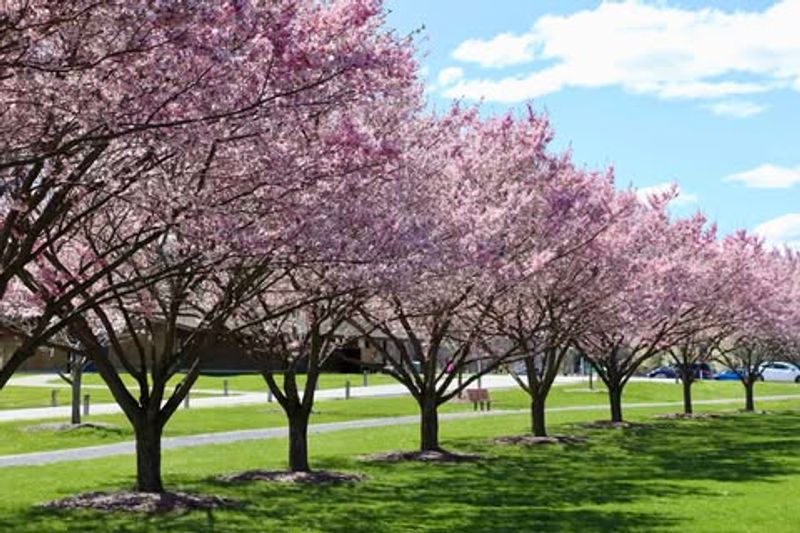Not every tree in Iowa belongs in your yard, no matter how pretty it looks. Some have toxic parts that can harm pets, kids, or even the soil itself.
A little knowledge now can save you a big headache later. Choose the right trees and keep your landscape both safe and stunning.
1. Black Walnut
Black walnut trees might seem like a great addition to your property, but they release a chemical called juglone that’s harmful to many plants and can cause skin irritation in people. Iowa homeowners often discover too late that their garden plants are dying because of this tree’s toxic root zone.
Horses are especially at risk if they eat the nuts or shavings, developing a serious condition called laminitis. The toxin affects everything within 50 to 80 feet of the tree, making it difficult to landscape around.
2. Red Maple
With gorgeous fall colors, red maples attract many Iowa gardeners, but the wilted leaves pose a deadly threat to horses and other livestock. Even small amounts of dried or wilted foliage can cause severe poisoning within hours of consumption.
The toxins destroy red blood cells, leading to weakness, dark urine, and potentially death. If you have animals on your property or nearby, keeping red maples away from your yard is a smart safety choice that could save lives.
3. English Yew
English yew looks elegant with its dense evergreen foliage, but nearly every part of this tree contains deadly toxins called taxines. Children and pets are particularly vulnerable because the bright red berries look tempting, though the fleshy part is the only non-toxic portion.
Eating just a few needles can cause heart problems, trembling, and difficulty breathing in Iowa residents and their animals. Many homeowners choose safer evergreen alternatives to avoid the serious risks this attractive but dangerous tree presents to families.
4. Buckeye
Buckeye trees produce shiny, tempting nuts that look like large chocolate candies, but they contain a toxin called aesculin that affects the nervous system. Iowa children playing in the yard might pick up these attractive seeds without realizing the danger they pose.
Symptoms of buckeye poisoning include vomiting, diarrhea, dilated pupils, and muscle twitching. Livestock and pets are also at risk, especially during fall when the nuts drop abundantly. Many safer native trees provide similar shade without the worry.
5. Black Locust
Black locust trees grow quickly and produce beautiful white flowers, but the bark, seeds, and leaves contain toxic compounds called robin and phasin. Children in Iowa who chew on the sweet-tasting bark or seed pods can experience serious stomach upset and weakness.
Horses and cattle are particularly sensitive, developing symptoms within hours of eating the plant material. The tree’s thorns add another hazard, making it problematic for yards where kids and pets play regularly throughout the growing season.
6. Kentucky Coffee Tree
Despite its interesting history and attractive appearance, the Kentucky coffee tree produces large seed pods containing toxic alkaloids that can poison both people and animals. Raw seeds and pods are especially dangerous, though roasting was once thought to make them safe for brewing.
Iowa homeowners should know that children and pets can become seriously ill from chewing the pods or seeds. Symptoms include vomiting, irregular heartbeat, and nervous system problems that require immediate medical attention for safe recovery.
7. Poison Sumac
Often mistaken for harmless sumac varieties, poison sumac contains urushiol oil that causes severe allergic skin reactions in most people who touch it. Iowa’s wet areas and ditches often harbor this tree, but planting it deliberately in your yard would be a painful mistake.
The rash develops into itchy blisters that can last weeks and spread across your body. Unlike safe sumac with red berries, poison sumac has white or pale berries, helping you identify this troublesome tree before contact occurs.
8. Manchineel
Known as the world’s most dangerous tree, manchineel fortunately doesn’t grow naturally in Iowa’s climate, but some adventurous gardeners have attempted to cultivate it. Every single part contains powerful toxins that cause severe burns, blistering, and temporary blindness from the milky sap.
Even standing under this tree during rain can cause skin damage as the water carries toxins down. The small apple-like fruits are extremely poisonous if eaten. Iowa’s climate makes survival unlikely, but awareness prevents dangerous experimentation with imported specimens.
9. Oleander
Oleander’s beautiful flowers come in pink, white, and red, but this ornamental contains cardiac glycosides that affect heart function in deadly ways. Though more common in warmer climates, some Iowa gardeners try growing oleander in containers or protected spots.
Eating just one leaf can kill an adult, and even burning the wood releases toxic smoke that causes respiratory problems. Children, pets, and livestock face serious danger from any exposure. Safer flowering alternatives provide beauty without the life-threatening risks this plant presents.
10. Elderberry
Elderberry bushes produce berries used in jams and syrups, but Iowa homeowners must know that the leaves, stems, roots, and unripe berries contain cyanide-producing compounds. Children exploring the yard might eat the wrong parts, leading to nausea, vomiting, and dizziness.
Only fully ripe, cooked berries are safe for consumption. The raw plant material poses risks to both humans and animals grazing in your yard. Many people prefer safer berry-producing plants that don’t require careful preparation to avoid poisoning.
11. Boxwood
Boxwood shrubs are popular for hedges throughout Iowa, but they contain alkaloids that cause vomiting, diarrhea, and respiratory problems if eaten. Pets, especially dogs and cats, sometimes chew on the leaves out of curiosity or boredom.
The entire plant is toxic, and symptoms can appear quickly after ingestion. While boxwood poisoning is rarely fatal, it causes significant discomfort and veterinary bills. Iowa families with curious pets or young children might choose safer hedge alternatives that provide similar formal appearance without health concerns.
12. Mountain Laurel
Mountain laurel produces stunning clusters of pink flowers that brighten any landscape, but the leaves and nectar contain grayanotoxins that affect the nervous system. Iowa gardeners who plant this ornamental should understand that even honey made from the flowers can be poisonous.
Symptoms of poisoning include excessive drooling, vomiting, weakness, and loss of coordination in both people and animals. The attractive flowers might tempt children to pick and taste them. Safer flowering shrubs offer similar beauty without exposing your family to these dangerous toxins.
13. Cherry and Plum Trees
Cherry and plum trees are beloved for their spring blossoms and delicious fruit, but Iowa homeowners should know the leaves, stems, and pits contain cyanogenic glycosides. When wilted or damaged, these parts release cyanide that can poison livestock and pets within hours.
Fresh leaves are less dangerous, but drought, frost, or pruning increases toxicity dramatically. Animals grazing near fallen branches face the greatest risk. While the fruit itself is safe, proper cleanup and fencing protect your animals from accidentally consuming the poisonous plant parts.

